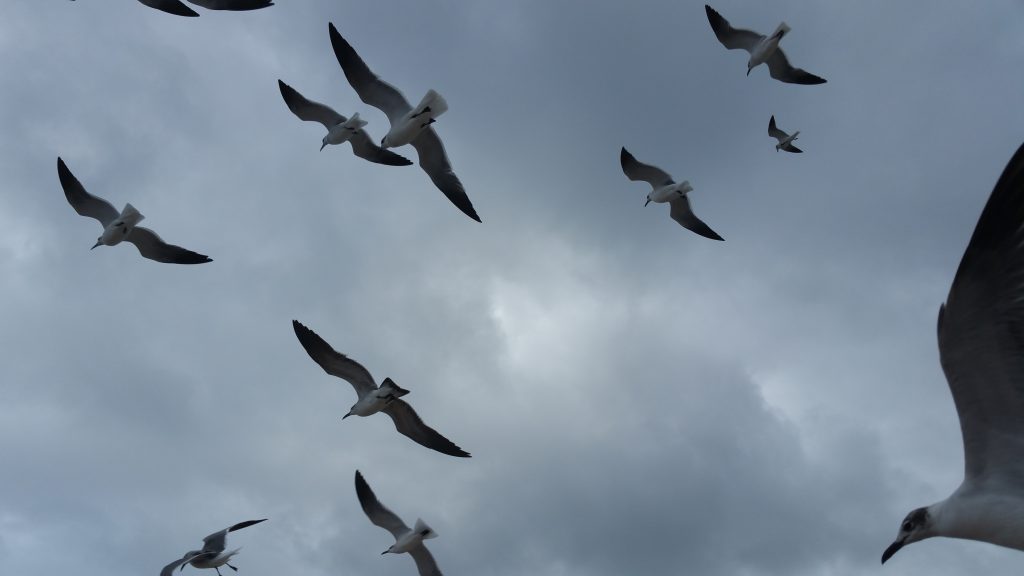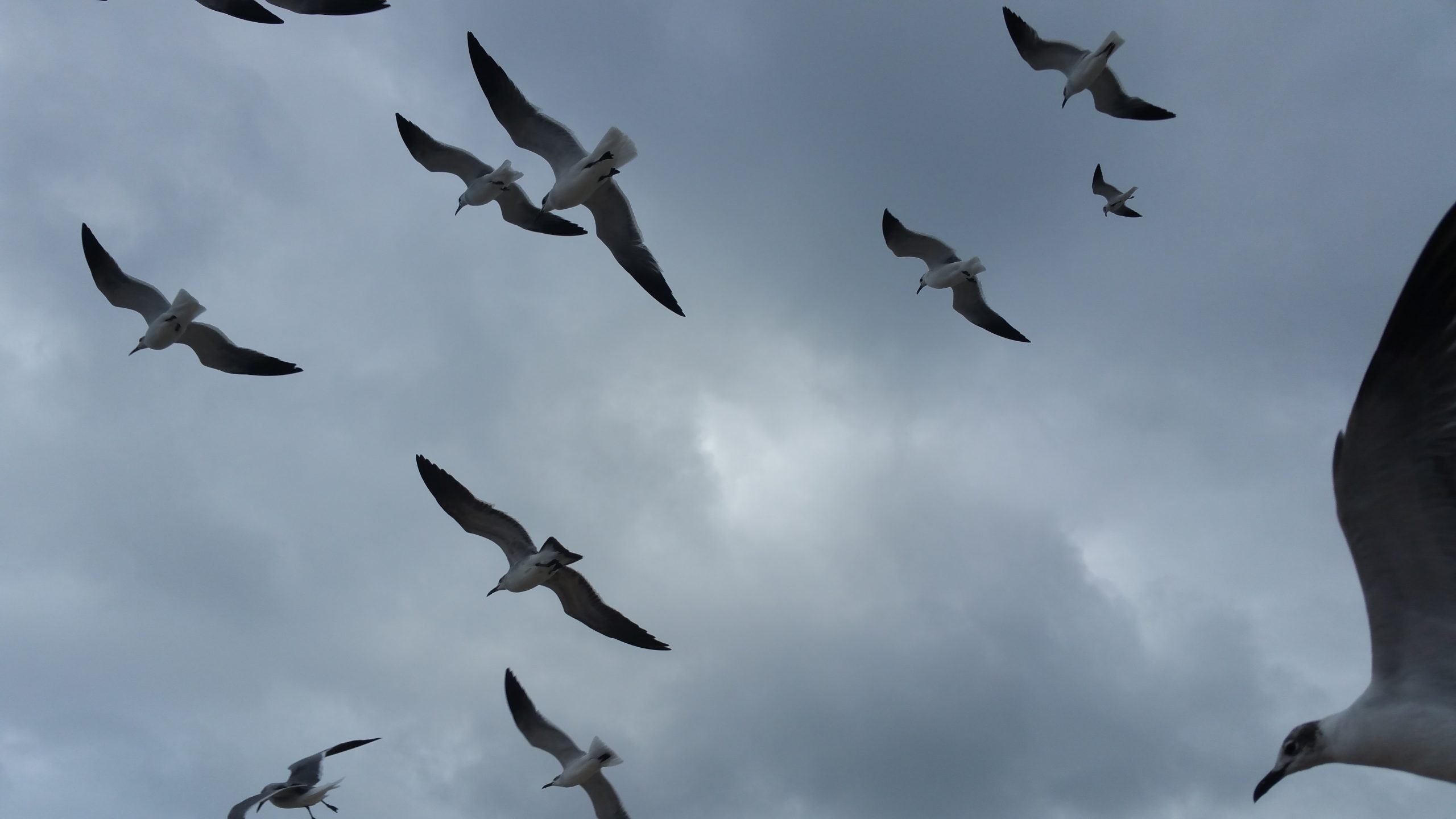
I’m waiting online at Wallgreens with my gauges, bandages, sunburn cream, insect repellent, and calamine lotion thinking to myself, “I never realized how dangerous birding can be”. Here are a few things I have learned the hard way as a new birder to make your birding trip a safe and comfortable one.
My wife and I started watching birds from the feeders in the backyard but as we became more interested we began to venture out to the many preserves and parks in the area. We first began birding in late fall into winter and we found wearing layers of clothing will keep you warmer than just thick coat on chilly mornings. You lose much of your body heat from your head so a hat is a good idea. We would sometimes spend hours walking trails in the snow in search of owls and other wildlife, and thick socks and waterproof boots were great for keeping your feet warm and dry. My wife discovered gloves with removable fingers to more easily operate camera dials and binoculars. Fall leaves also hide exposed tree roots and protruding rocks so watch your step especially since as birders we tend to be looking up.
As the spring rains came, the grass and dirt trails got very wet and muddy. We try to avoid steep slopes if possible, since wet leaves can be very slippery and dangerous on a decline (I’ve got the bruises to prove it). My wife suffers from seasonal allergies and the spring is when they are at their worst. She takes one of the many over the counter medications that are available to help alleviate the allergy symptoms so she isn’t suffering during our outdoor experience.
As the temperature got warmer and the sun became stronger, we tried to remember to wear sunblock to prevent the harmful effects of the sun. Light colored clothing also help to keep cool as it got hotter during the summer months. We also made sure to bring plenty of water especially on days when the temperature is high to avoid heat exhaustion. If you like to go off the beaten path like we do, learn to identify irritating plants like poison ivy /oak and stinging nettle so you can avoid accidentally brushing against them if you are sensitive to their effects.The first time I been bitten by a tick is when we began hiking through woody areas and now after that experience, we are more aware of preventive measures. Ticks and mosquitoes pose a potential serious health hazard so we wear plenty of bug repellent with Deet. Light colored clothing help spot the bugs on your clothes easier and tucking your long pants into your socks or Velcro around your ankles prevent them from crawling up your leg. While many of these tips may be common sense, it is easy to overlook some basic safety practices while enjoying the beautiful surrounding while birding. I hope our experiences will make your field trips safer and more enjoyable. Happy birding.

